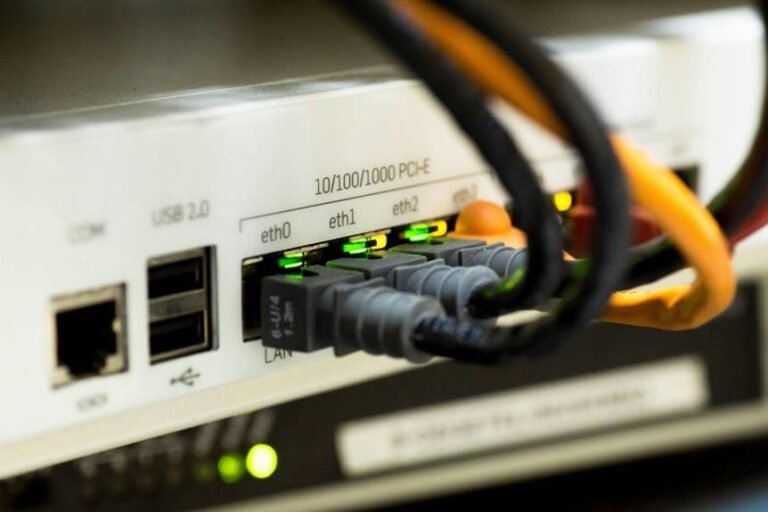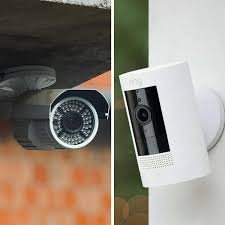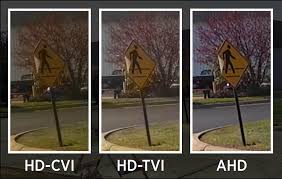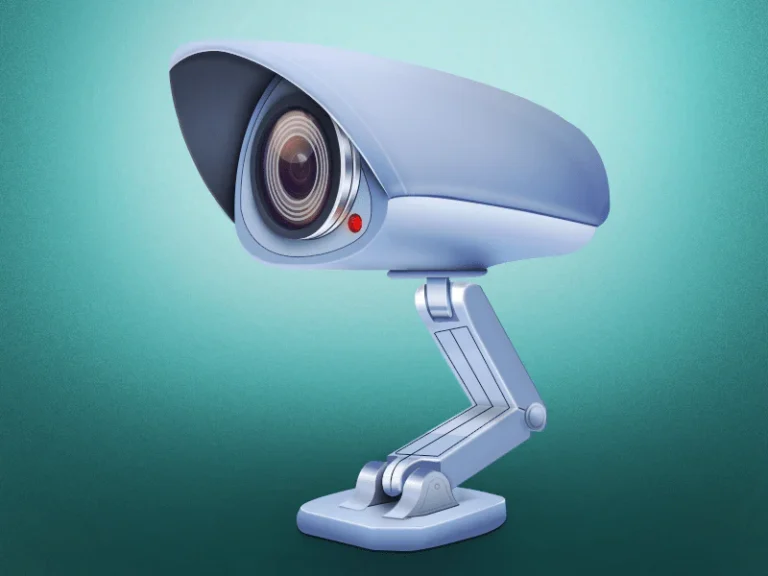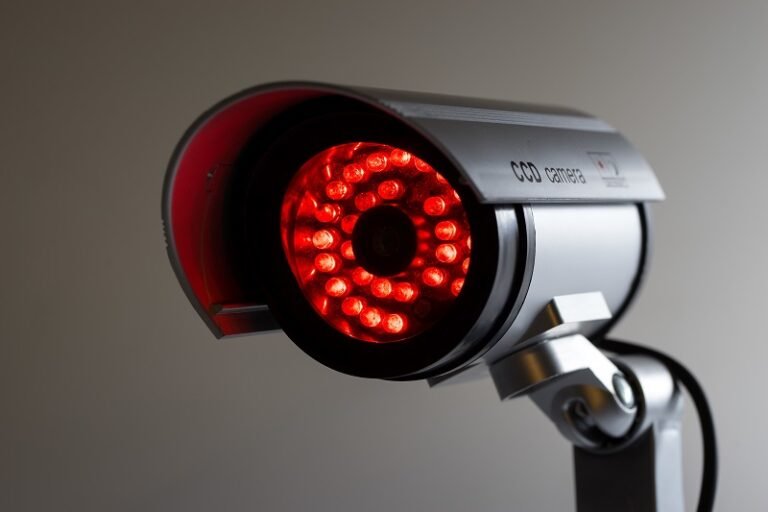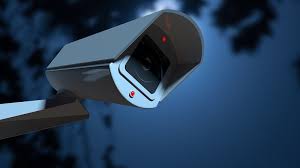¿Cómo funciona una cámara RTSP?

Una cámara RTSP funciona convirtiendo datos visuales en señales electrónicas. Transmite estos datos a través de una red mediante el Protocolo de Transmisión en Tiempo Real (RTSP), lo que permite controlar y visualizar las imágenes de forma remota. La cámara utiliza sensores como CMOS o…

